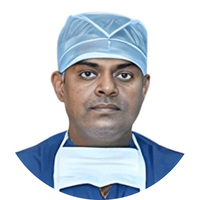Imagine setting off on a leisurely run and being set back by a burning sensation in your shins! Overuse or sudden use of certain muscles without warming up first may lead to stress injuries, and shin splints are one of them. The medical term for shin splints is medial tibial stress syndrome.
Of course, injuring yourself on the road to fitness or while trying to gain mastery over your sport can be a hindrance. The pain and discomfort are frustrating as they stop you just when you are looking to amp up your regular routine. But if you suspect shin splints to be the cause of your leg pain, then the smart thing to do is put your feet up and rest those muscles.
Shin splints are a common injury - especially among sportspeople, dancers, and fitness enthusiasts. You may get them when you increase the intensity of your routine workout, for example. Running, dancing and sports like basketball can also put repeated stress on the shins - the front portion of your lower leg below the knees and above the ankles - and lead to shin splints.
Inflammation and pain in the shin muscles, connective tissues or tendons leads to the pain associated with shin splints. The recovery time for shin splints is usually two weeks to four weeks, although some people may take up to six months to recover fully. Medical practitioners suggest avoiding activities that stress the shin bone, muscles and connective tissues - like running - during recovery.
Although known to heal with time, shin splints can develop into more serious complications if ignored. Stress fractures (bones cracking due to overuse), tendonitis as well as compartment syndrome (increased pressure within muscles causing reduced blood flow to the legs) are potential risks for those who have experienced shin splints in the past.

 Doctors for Shin splints
Doctors for Shin splints 












































